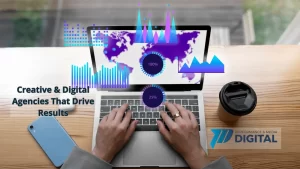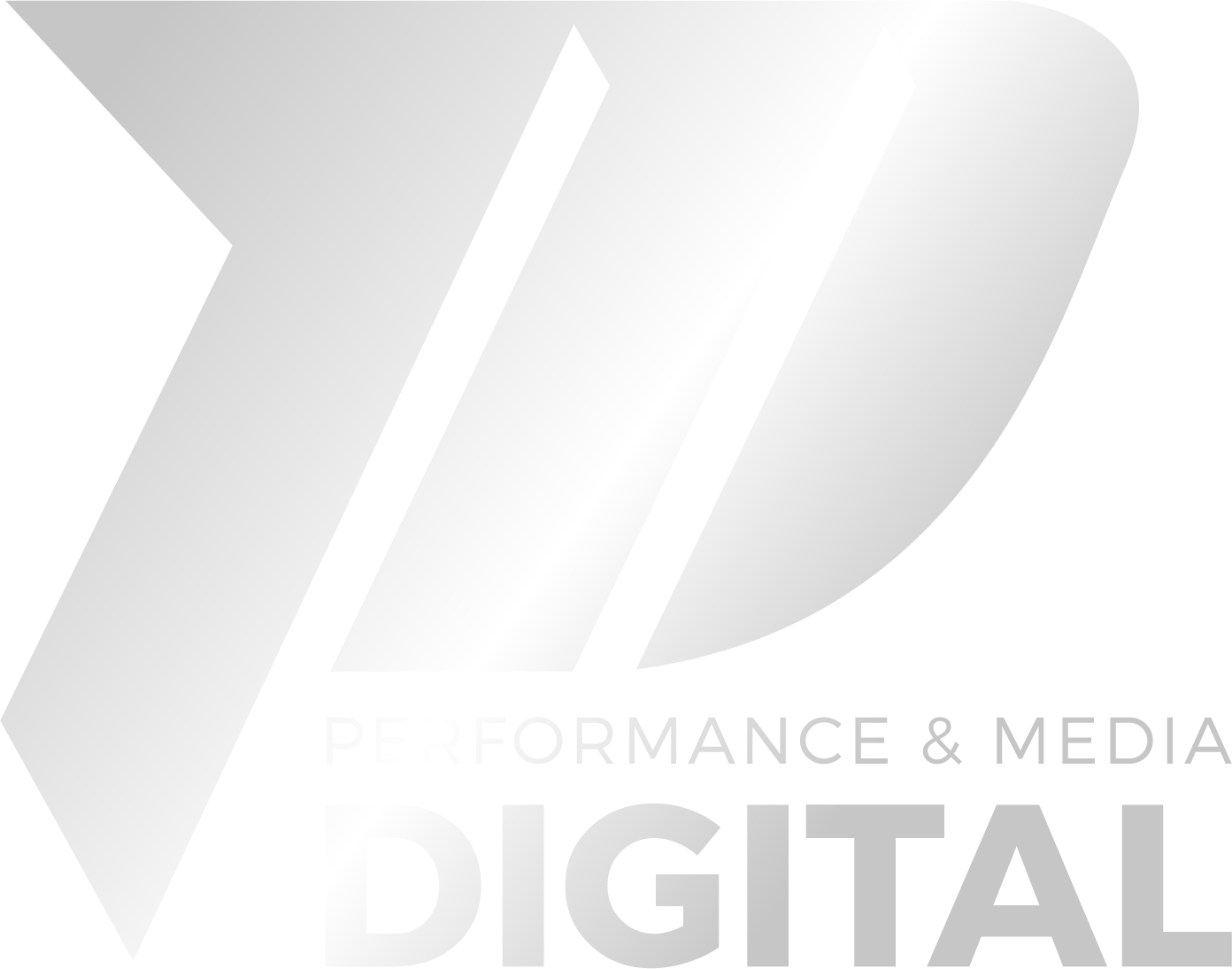Corporate identity is an instrument of great importance for companies; since it offers multiple benefits, and these are the ones that make the difference between the failure and the success of a company.
If you want to know exactly what corporate identity is, in this article we will explain about this concept, since many business owners have a wrong idea and believe that it is only about having a logo that represents the quality and corporate values of a company.
Corporate identity, What is it?
Corporate identity refers to the visual and emotional representation of a company or brand. It encompasses the company’s personality, values, mission, and vision. This representation should be clear and consistent. It is a set of graphic elements, colors, typographies, symbols and messages used to build the company’s image and differentiate it from others in the market.
Corporate identity includes the company’s logo, business card design, promotional material, stationery, website, and social networks. These elements are carefully combined to create a distinct and clear image that helps people recognize and understand the company.
A solid and well-defined corporate identity is fundamental to building a strong and recognizable brand. It helps to establish an emotional connection with customers, build trust and credibility, and convey the company’s values and personality. In addition, a consistent corporate identity facilitates the creation of a consistent brand experience across all customer touchpoints, which helps to strengthen the company’s image in the marketplace.
How to create an identity within the company?
It is important to detail at this point the way in which the corporate identity should be created within a company, for this, it is necessary to consider the following elements:
History of the brand
Creating a strong identity within the company is essential to establish a recognizable and consistent brand in the marketplace.
First, it is essential to define the company’s values, culture, and vision. This involves identifying the organization’s guiding principles and establishing a clear mission statement that reflects its long-term purpose and direction.
In addition, developing a logo and design that reflects the company’s personality is key to creating a distinctive visual identity. Establishing design guidelines to ensure consistency across all company materials and communications will help reinforce brand identity.
Second, communication is a crucial factor in creating an internal and external identity. It is essential to define a consistent tone and style of communication that reflects the company’s culture and values.
This communication must be present in all interactions with employees, customers and the general public. Involving employees in understanding and aligning with the corporate identity is vital for everyone to become brand ambassadors.
Also, monitoring the perception of the identity and being willing to adapt it as needed ensures that the company evolves in line with market changes and customer needs.
Visual identity
This aspect is fundamental in a company, since the visual resources and the corporate design will be responsible for representing the message that the company will transmit.
Some of the elements that make up the visual part are:
- Logotype: it is the symbol adopted and created to visually represent a company’s values. The recommendation is to create a clear and simple logo so that it conveys a message easy to understand for the receiver. It must be related to the brand in the form of a drawing or writing.
- Color palette: this element should not only be used in the logo, but also in the materials and physical structure of the company.
- Typography: it is common to choose a single typeface, but considering whether it is visually clear to be used in digital and printed materials and in different colors.
- We recommend: Digital Marketing for B2B companies and offline actions.
We recommend you: What is benchmarking? Business strategies
Target audience
A company must consider the buyer persona and the target audience it wants to reach for its corporate identity.
The appearance and messaging of a company should vary for different age groups. For example, it should be tailored differently for 25-year-olds and 45-year-olds.
Language
Choosing the right language is important for a company’s identity. It’s used in ads, internal communication with employees and clients, and for market selection.
Benefits of corporate identity
After understanding corporate identity and its creation, it is crucial to recognize the advantages it brings to a brand. By establishing a strong connection and communication with potential customers, a company can improve its reputation and attract more business. By establishing a strong connection and communication with potential customers, a company can enhance its reputation and attract more business.
Some of these benefits are:
Improves the sense of belonging of the work team.
The company’s identity can be adjusted for internal communication, through various means like reports, discussions, magazines, and ads. The right language is used to convey the desired values.
This promotes creative freedom and influences the company’s culture, encouraging collaborators to feel more connected and belong.
Read: Technology innovation
Facilitates branding
A strong brand with a clear identity saves time, energy, and money. It achieves this by focusing on the basics and moving in the right direction.
In this sense, it should ideally avoid deviating from the values of its corporate identity, its own interests and its specific audience. A brand helps to clearly define who wants what you already have. It will not address everyone, but only a certain sector of the population.
It helps you stand out and stay on message, without wasting time on marketing strategies that don’t reach the right people.
Attracting new audiences
It’s important to stay consistent with the company’s identity when communicating with the public and partners. This can be done through advertising, press releases, social media, and websites.
External communication is found in the manual of publications on Facebook, which is recommended to follow the criteria of the corporate identity manuals in its way of interacting with the public and its visual form.
For example, a business that transmits a modern and technological message, but does not serve its customers through social networks, is contradicting the proposal and the practice it has, therefore, the way of linking with the customer, procedures, service channels, etc., will be influenced by the position adopted by the company.
Access to professionals who know how to take care of every aspect of your brand identity. In PYM digital we are dedicated to studying your brand completely, to find opportunities for growth and supporting the development of a complete and solid identity.





